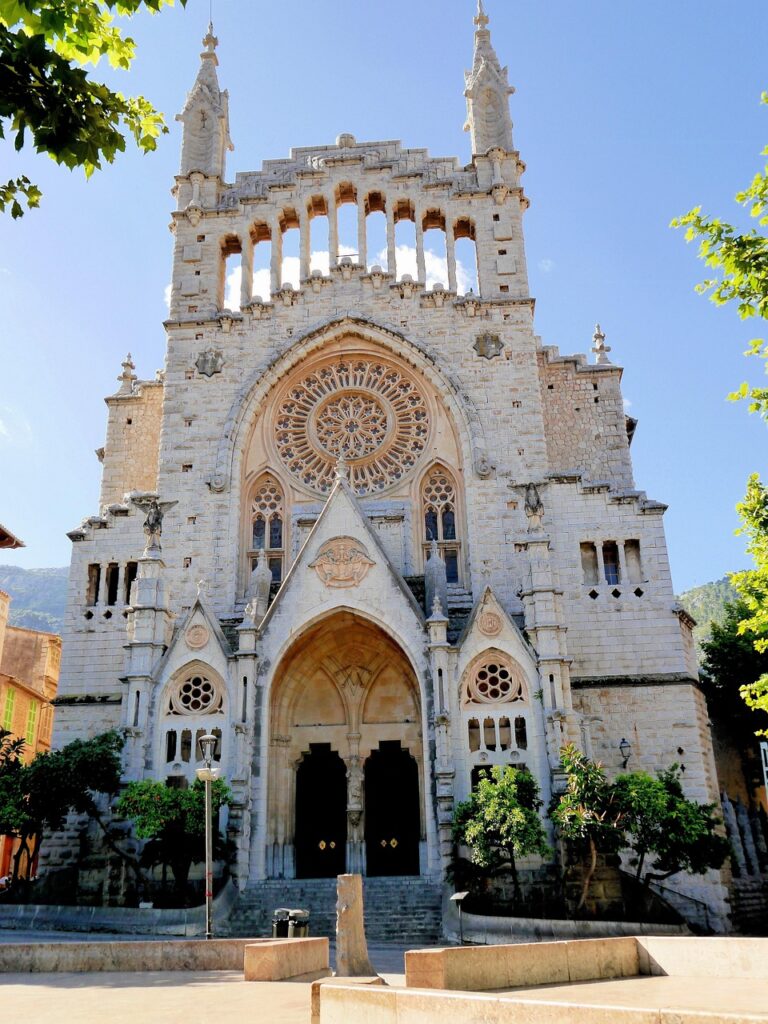On April 25, 2025, a sudden failure in the Iberian power grid plunged millions of homes and businesses across Spain and Portugal into darkness. Though power has largely been restored, the blackout’s ripple effects—from halted transit systems to economic losses—underscore vulnerabilities in a grid increasingly stressed by extreme weather, renewable integration, and cross-border dependencies. This comprehensive overview explores what happened, why it occurred, how authorities responded, and what lessons lie ahead.

What Happened: A Grid in Collapse
Just after 2 PM local time, sensors on the high-voltage network detected a cascade of generator disconnects in northern Spain. Within seconds, power flows overloaded remaining lines, triggering automatic shutdowns across key substations. The blackout blanketed regions from Galicia to Andalusia, and spilled over into central and southern Portugal via the 2 GW interconnector at Tuy-Valença.
Human and Economic Impact
- Public Safety and Services: Subways in Madrid, Barcelona, Lisbon, and Porto ground to a halt. Traffic lights went dark, stranding commuters and forcing emergency responses to gridlocked intersections. Hospitals switched to diesel generators—some running dangerously low on fuel reserves.
- Commercial Disruption: Major airports experienced temporary closures, delaying hundreds of flights. Supermarkets and petrol stations with electronic point-of-sale systems were unable to process transactions. Early estimates suggest daily economic losses across both countries exceeded €200 million.
- Community Displacement: Over 50,000 residents in remote villages faced overnight blackouts, prompting temporary shelter provisions. Many schools and administrative offices canceled lessons and appointments.
Technical Causes and Grid Vulnerabilities
Investigators from Spain’s Red Eléctrica de España (REE) and Portugal’s REN point to a confluence of factors:
- Equipment Failure: A transformer at the Zaragoza substation suffered an insulation breakdown, likely due to accelerated aging and insufficient maintenance.
- Load Imbalance: Unseasonably hot temperatures drove air-conditioning demand 15 percent above forecast, straining thermal and hydroelectric capacity.
- Renewable Variability: Solar output dipped abruptly when a localized dust storm reduced irradiance, forcing rapid ramp-up of gas turbines that exceeded safe ramp-rates.
- Protection Settings: Safety relays on key transmission lines were set conservatively, triggering line trips before automatic reconfiguration could stabilize flows.
The combined effect was a chain reaction of line overloads and generator trips—a textbook “N-1 contingency” failure that should have been contained but wasn’t.
Rapid Response and Restoration
Grid operators in both countries activated emergency protocols within minutes:
- Islanding: Sections of the network were temporarily isolated (“islanded”) to prevent total collapse, allowing black-start generators in selected power plants to energize local loads.
- Mutual Aid: Spain and Portugal invoked their bilateral agreement to share generation and reserve capacity. Iberdrola and EDP mobilized mobile gas turbines to critical substations.
- Priority Restoration: Utilities sequenced restoration to hospitals, emergency services, water-pumping stations, and major communication hubs before civilian loads. Most urban centers regained power within four hours; full restoration took nearly 18 hours in rural areas.

Government and EU Involvement
Both governments held emergency meetings with energy ministers and grid CEOs. Prime Minister Pedro Sánchez and Portuguese Prime Minister Rui Moreira announced:
- Immediate Audits: A €50 million joint fund for accelerated inspections of transformers, relay settings, and maintenance records.
- Crisis Compensation: Provisional relief for small businesses and critical-care facilities, funded by a temporary levy on wholesale electricity trading margins.
- EU Solidarity: The European Network of Transmission System Operators for Electricity (ENTSO-E) is coordinating a cross-border review, while the European Commission offered technical support and emergency reserve sharing under the EU Electricity Regulation.
Long-Term Solutions and Resilience Building
To prevent future widescale outages, authorities are advancing:
- Grid Modernization: Upgrading transformers and installing dynamic line-rating systems to increase real-time capacity margins.
- Smart Protection Schemes: Implementing adaptive relay settings and system-wide automation to contain faults without blacking out entire regions.
- Demand-Side Management: Expanding programs to shift air-conditioning and industrial loads to off-peak hours via dynamic tariffs and smart thermostats.
- Cross-Border Interconnection: Doubling the capacity of the Portugal–Spain link to 4 GW, plus developing new subsea connections with France for alternate import routes.
- Energy Storage: Incentivizing utility-scale batteries and vehicle-to-grid pilot projects to buffer solar and wind variability.
Conclusion
The April blackout laid bare the delicate balance of a modern power grid facing extreme weather, aging infrastructure, and rapid renewable growth. Spain and Portugal’s swift restoration efforts and multi-layered response mitigated worst-case outcomes—but the incident serves as a stark reminder: grid resilience requires continuous investment, cross-border coordination, and adaptive technologies. As the energy transition accelerates, the Iberian Peninsula’s experience will inform Europe’s broader strategy for a secure, reliable, and sustainable power future.

Frequently Asked Questions (FAQs)
Q1: What triggered the Spain–Portugal blackout?
A transformer failure in Zaragoza, combined with high air-conditioning demand, solar variability, and conservative protection settings, initiated a cascading grid failure.
Q2: How long did the blackout last?
Major urban centers were back online within four hours; full nationwide restoration took approximately 18 hours, with rural areas experiencing the longest outages.
Q3: Which sectors were most affected?
Transportation (metro and airports), healthcare (hospitals on backup generators), retail (POS system failures), and water supply (pump stations) saw the greatest immediate impacts.
Q4: What emergency measures were implemented?
Operators used network islanding, mobile generators, priority restoration for critical infrastructure, and mutual aid under the Spain–Portugal energy cooperation agreement.
Q5: How will future blackouts be prevented?
Key measures include grid modernization, adaptive protection relays, demand-response programs, expanded cross-border interconnections, and increased energy storage deployment.
Q6: What role is the EU playing in response?
ENTSO-E is conducting a joint contingency review, and the European Commission has offered to share emergency reserves and technical expertise under EU electricity regulations.
Sources BBC


